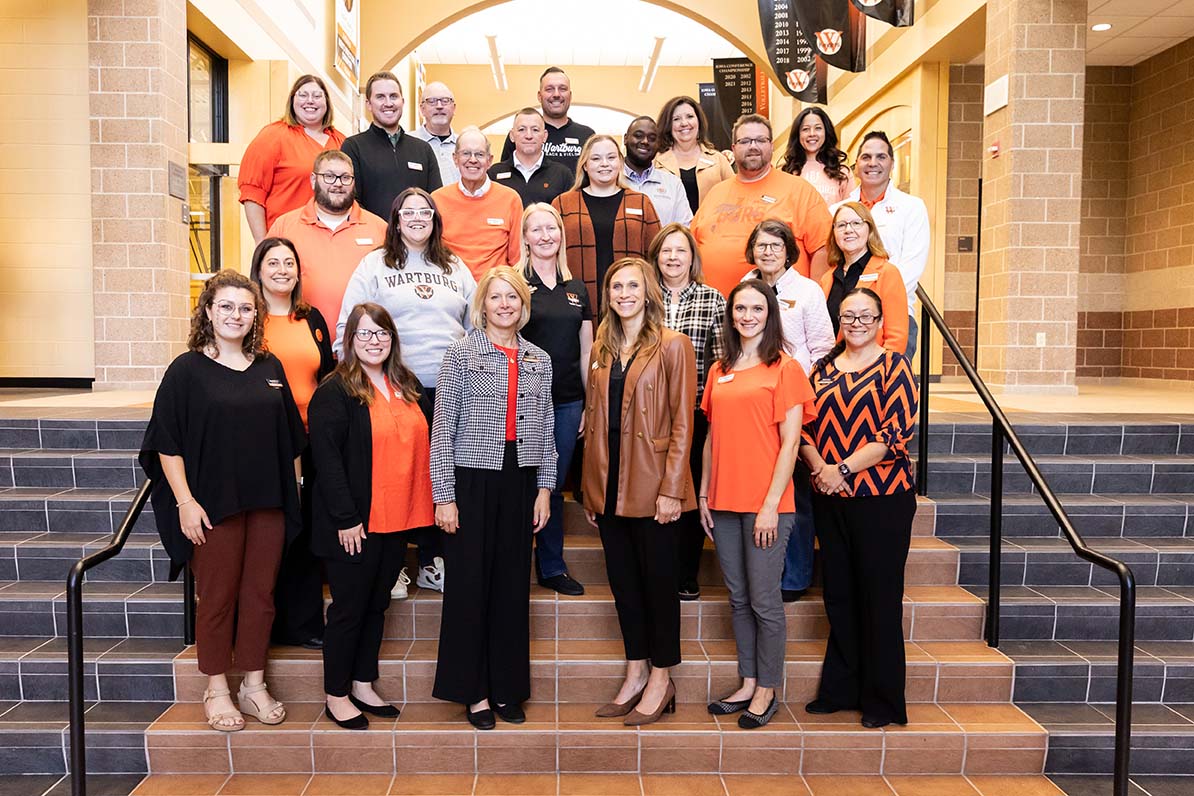
FAFSA Guide
The Free Application for Federal Student Aid (FAFSA) is the form you need to fill out to get any financial aid from the federal government to help pay for college. It also unlocks your Wartburg financial aid package — use code 001896.
Filing the FAFSA isn’t as complicated or time-consuming as it sounds; a little preparation will help make the process go smoothly. Before you can submit your FAFSA, you’ll need to create an FSA ID to log in to your account, sign the FAFSA, and make changes or add schools. You and your parent must create separate FSA IDs.
Our Financial Aid Office will work with you to ensure you have access to the resources you need to pay for college. Our goal is to make sure all qualified students can receive an education here. Each year, over 13 million students who file the FAFSA get more than $120 billion in grants, work-study, and low-interest loans from the U.S. Department of Education.
If you have any questions about financial aid, need help filling out the FAFSA, or encounter special financial circumstances, please call us at 319-352-8262 or email us.





